Advertising has always been a reflection of its time, but some commercials leave us scratching our heads, wondering how they ever made it to air. Whether they were bizarre, tone-deaf, or just plain creepy, these ads stick in our memories for all the wrong reasons. While some may bring a laugh or nostalgic groan, others are best left buried in the past. Here are 13 weird commercials that, frankly, need to be forgotten.
1. Quiznos “Spongmonkeys” Ads
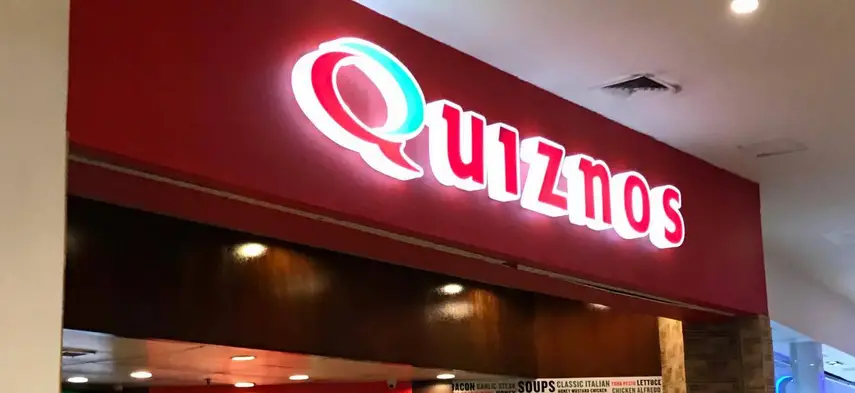
Quiznos thought using unsettling, animated creatures with bulging eyes and squeaky voices would sell sandwiches. In the mid-2000s, they introduced the “Spongmonkeys,” singing bizarre jingles like “We love the subs!” Instead of making you crave a toasted sub, the ad likely left you confused or even a little scared. While quirky mascots can work, these creatures were too off-putting to form any meaningful connection with viewers. It was a marketing gamble that missed the mark entirely.
The oddity of the campaign wasn’t just in the visuals—the nonsensical jingles felt like a surreal fever dream. Many customers found the ads so irritating they actively avoided the chain. Quiznos eventually retired the Spongmonkeys, but their haunting legacy lives on in advertising infamy. It’s a lesson in what happens when trying to be “different” goes a little too far.
2. The McDonald’s Filet-O-Fish Jingle
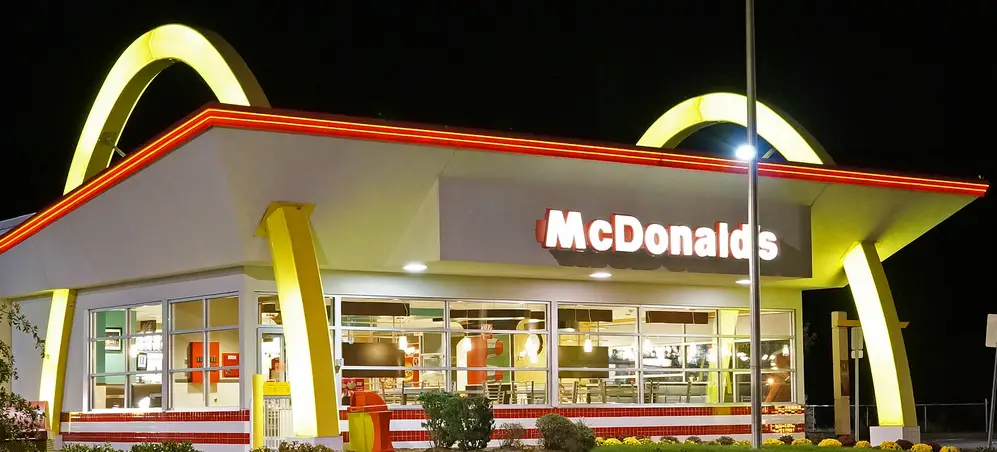
Remember that singing fish mounted on a plaque? In 2009, McDonald’s unleashed an ad featuring it belting out a song about the Filet-O-Fish sandwich. While the ad was meant to be funny, it came off as more weird and annoying than anything else. Seeing a fake fish serenade you about fried seafood didn’t exactly make the sandwich more appetizing. It became one of those jingles that gets stuck in your head for all the wrong reasons.
Critics questioned the creative direction of associating such a strange gimmick with food. The fish itself was unsettling enough, but pairing it with an earworm of a tune made it even worse. While it may have briefly boosted sales, the ad left many viewers cringing instead of hungry. Today, it serves as a reminder that not every catchy idea works for fast food.
3. Life Call: “I’ve Fallen, and I Can’t Get Up!”

This infamous medical alert commercial from the 1980s became a pop culture phenomenon for all the wrong reasons. The line, “I’ve fallen, and I can’t get up!” was supposed to highlight the life-saving benefits of the product. Instead, the overly dramatic delivery and stiff acting turned it into a punchline. It became fodder for jokes on late-night TV, overshadowing the serious message.
The ad’s unintentional humor distracted from the importance of personal safety devices for seniors. While Life Call undoubtedly helped many people, this commercial cemented its reputation as an awkward relic of 1980s advertising. It’s one of those ads that made its product famous—but not in the way it intended.
4. Cingular’s “Dropped Calls” Ads
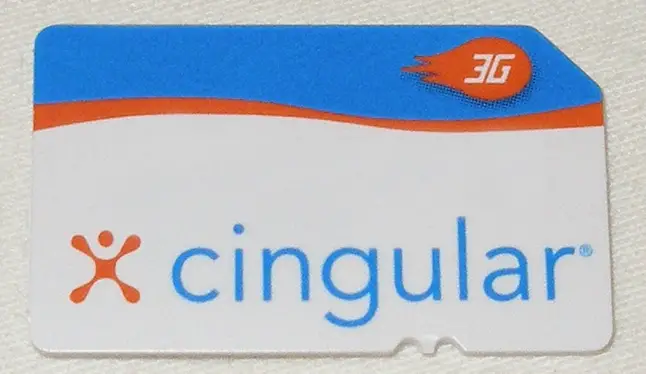
Cingular Wireless hit the airwaves in the early 2000s with ads dramatizing the frustrations of dropped calls. The premise made sense—people hated losing calls—but the execution was painfully awkward. One ad featured a couple mid-breakup, with the woman’s confession cut off at just the right (or wrong) moment to cause confusion. Another ad had people mishearing things in wildly inappropriate ways due to a “dropped” part of the conversation. While meant to be humorous, these ads often felt forced and overly ridiculous.
The over-the-top scenarios made you question how bad a network had to be to cause such chaos. Instead of laughing along, many viewers rolled their eyes at the exaggerations. It didn’t help that Cingular eventually rebranded, rendering the ads nostalgic for a company name that no longer exists. Today, they feel like relics of early cellphone anxiety, better off left in the past.
5. Sony’s “Creepy Baby” PlayStation 3 Ad
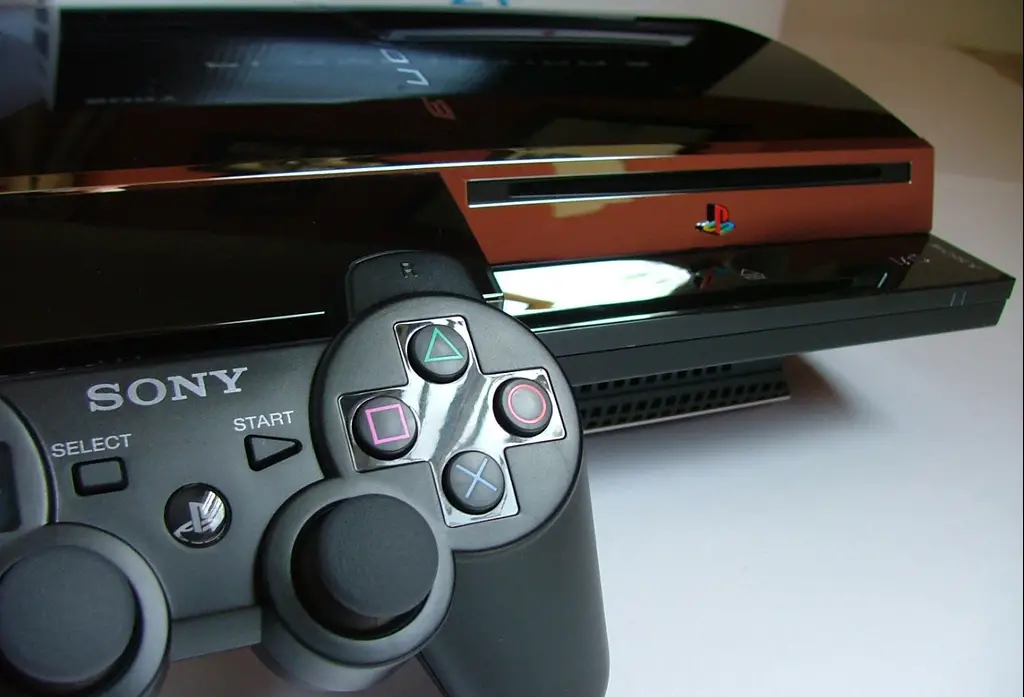
Sony’s 2006 PlayStation 3 launch was marked by one of the strangest commercials in tech history. The ad featured a lifelike baby doll in a stark white room, crying, laughing, and making unsettling noises while a PS3 levitated in front of it. The ad seemed to lack any connection to gaming and instead left viewers deeply uncomfortable. It was a bold attempt to be “artsy” but ended up being unintentionally nightmarish.
Critics were baffled by what Sony was trying to communicate—was the PS3 so powerful it could bring toys to life? Was it targeting horror fans? The lack of clarity combined with the eerie imagery made the commercial more memorable for its weirdness than for its product. Gamers love to reminisce about old consoles, but this ad is one launch memory everyone would rather forget.
6. Charmin’s “Enjoy the Go” Campaign

Bathroom humor can be tricky to pull off, and Charmin’s “Enjoy the Go” ads featuring animated bears didn’t quite nail it. These commercials, starring a family of cartoon bears obsessed with toilet paper, felt oddly personal for a brand promoting hygiene. One particularly odd spot focused on a bear celebrating how clean he felt after using Charmin, even shaking his rear in satisfaction. While the ads were meant to be funny, they veered into cringe-worthy territory that left many viewers squirming.
It’s hard to imagine anyone associating toilet paper with joy, but Charmin gave it their best shot. The problem is that the ads often felt more awkward than endearing, making you think too much about something you’d rather not discuss. Though the campaign has had staying power, the over-the-top focus on bathroom habits is a bit much for some viewers to stomach.
7. Mountain Dew’s “Puppy Monkey Baby”
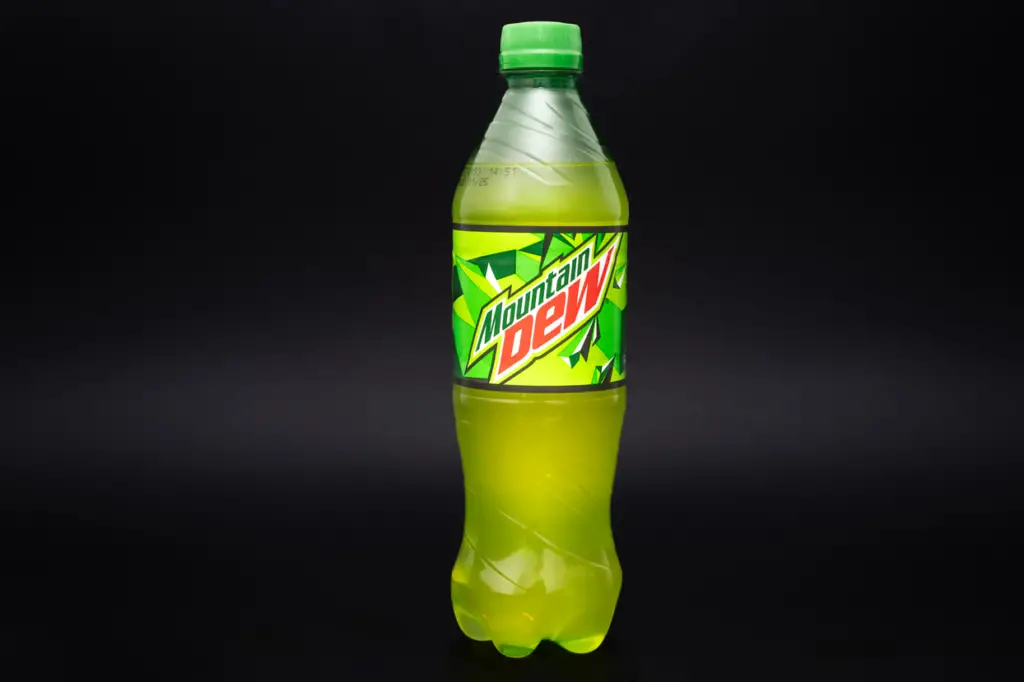
Mountain Dew’s 2016 Super Bowl commercial introduced the world to a hybrid creature called “Puppy Monkey Baby.” It combined a puppy’s head, a monkey’s torso, and a baby’s legs to promote Mountain Dew’s Kickstart drink. If that description sounds weird, the execution was even stranger. The creature danced around, chanting its name repeatedly while delivering the drink to a group of visibly uncomfortable partygoers. The ad aimed for surreal humor but came off as unsettling and bizarre.
While the ad certainly grabbed attention, it left many viewers confused about how this strange mascot connected to the product. Critics called it a marketing misfire, with some even describing it as nightmare fuel. Though memorable, Puppy Monkey Baby was more of a conversation piece than an effective sales tool. It’s one ad that proves weirdness doesn’t always translate into success.
8. Pepsi’s Kendall Jenner Protest Ad
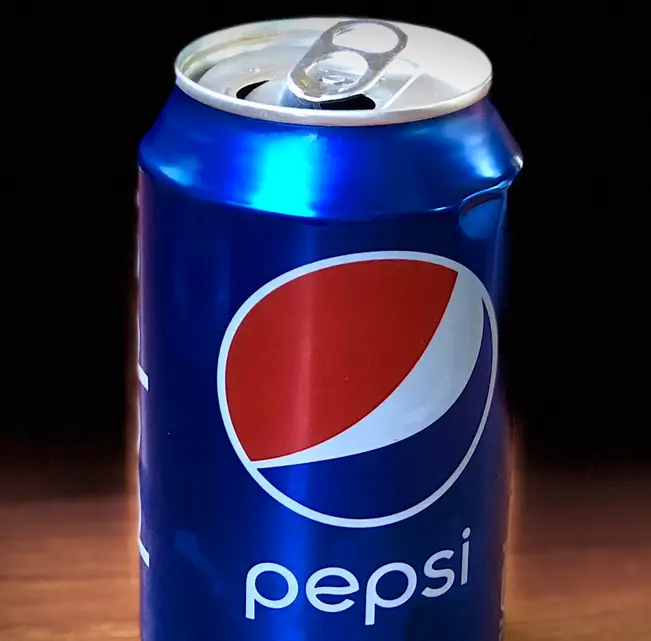
Pepsi’s 2017 attempt to align with social justice movements backfired spectacularly. The ad featured Kendall Jenner leaving a photoshoot to join a protest, where she handed a police officer a Pepsi, seemingly resolving the tension. The message was tone-deaf, trivializing serious issues and implying that a soda could solve systemic problems. Instead of promoting unity, the ad sparked widespread outrage and was pulled almost immediately after its release.
This commercial became a textbook example of how not to approach sensitive topics in advertising. Pepsi’s attempt to tap into youth activism felt shallow and opportunistic, alienating many of its customers. While the company apologized, the damage was done, and the ad remains a cringe-inducing memory of a major misstep. It’s a reminder that brands need to think twice before wading into social or political commentary.
9. Burger King’s “Moldy Whopper” Ad
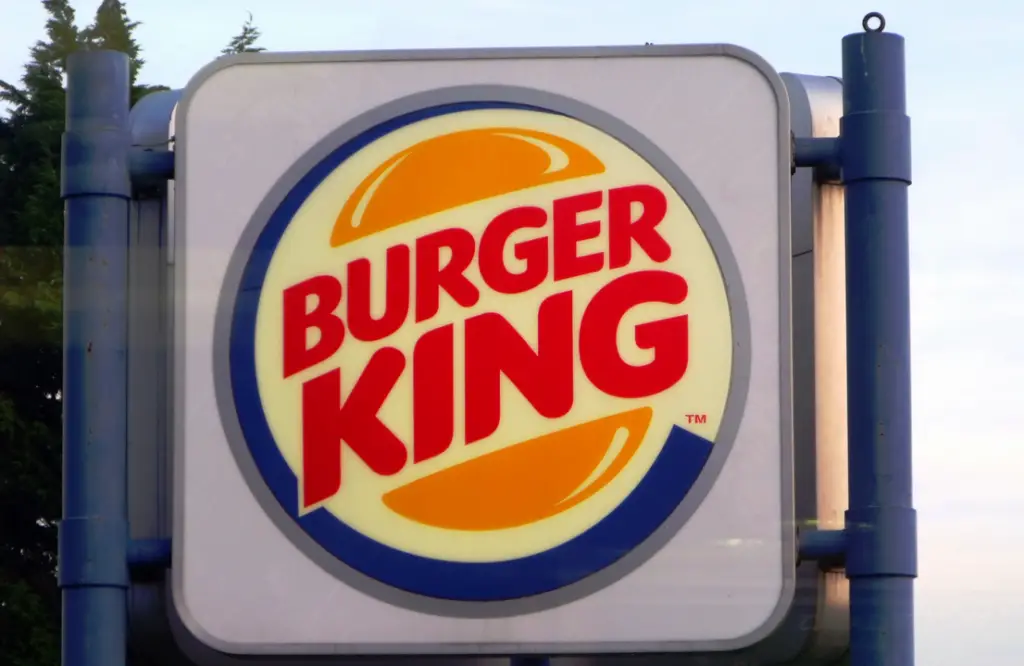
In 2020, Burger King tried to promote its commitment to using preservative-free ingredients with a shocking visual—a Whopper covered in mold. The time-lapse ad showed the burger decaying over several weeks, intending to highlight its “all-natural” composition. While the message was clear, the imagery was revolting. Watching a once-appetizing Whopper turn into a moldy mess made people question if they even wanted a fresh one.
Though Burger King aimed to differentiate itself from competitors using preservatives, the execution left a bad taste in viewers’ mouths—literally and figuratively. The campaign sparked a lot of discussion but didn’t necessarily make people crave a Whopper. It’s a prime example of how good intentions can go awry when the visual impact overshadows the message. Sometimes, less is more, especially in food advertising.
10. Folgers “Incestuous” Christmas Commercial
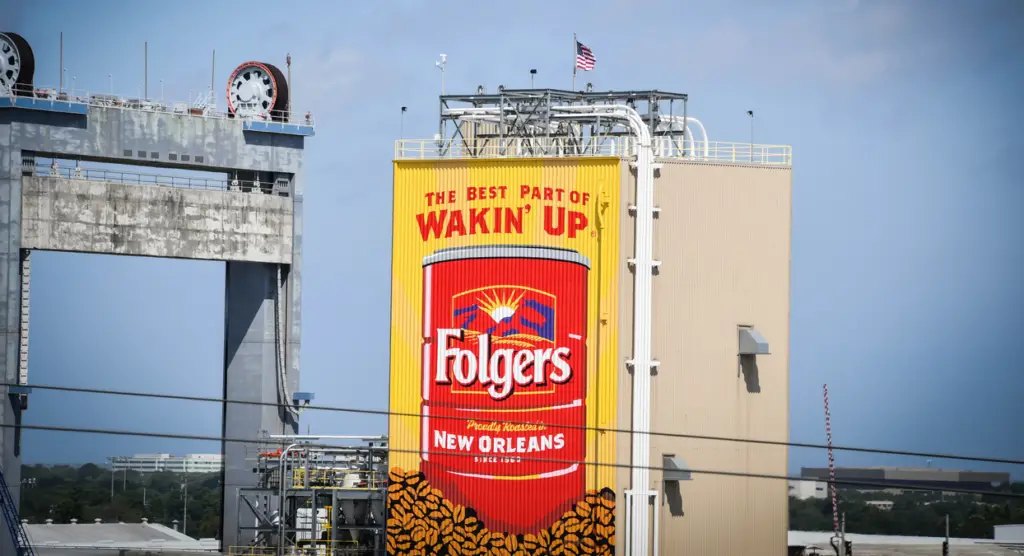
Folgers’ 2009 holiday ad meant to highlight family togetherness ended up creeping people out instead. In the commercial, a brother returns home for Christmas, and his sister greets him with a line that feels oddly romantic: “You’re my present this year.” The tone and close interaction between the siblings struck many viewers as uncomfortably intimate, sparking online jokes about unintentional incestuous vibes.
Though likely unintentional, the awkward scripting and acting turned what should have been a heartwarming moment into an infamous misstep. The ad has since been mocked and meme-ified, cementing its place in commercial infamy. Folgers probably wanted to evoke nostalgia and warmth, but instead, they left viewers with a very different impression. Sometimes, even a little misstep in tone can ruin the whole message.
When we look back at these bizarre commercials, it’s hard not to chuckle and shake our heads at the strange ideas that once made it to our screens. Some of them were just ahead of their time, others, well, maybe best left in the past. Whether it’s the outlandish concepts, awkward messaging, or downright confusing ads, they were part of a weird, wonderful era of advertising that we’re lucky to have witnessed. But as much as they were a product of their time, it’s probably for the best that they’ve been left behind in the annals of marketing history. Here’s to hoping these oddities never make a comeback!


